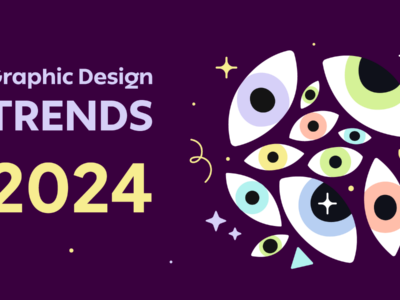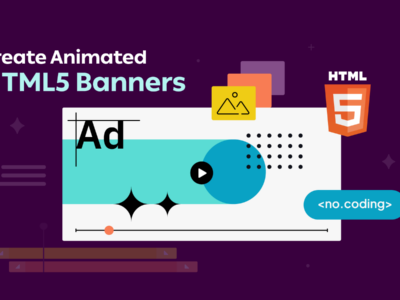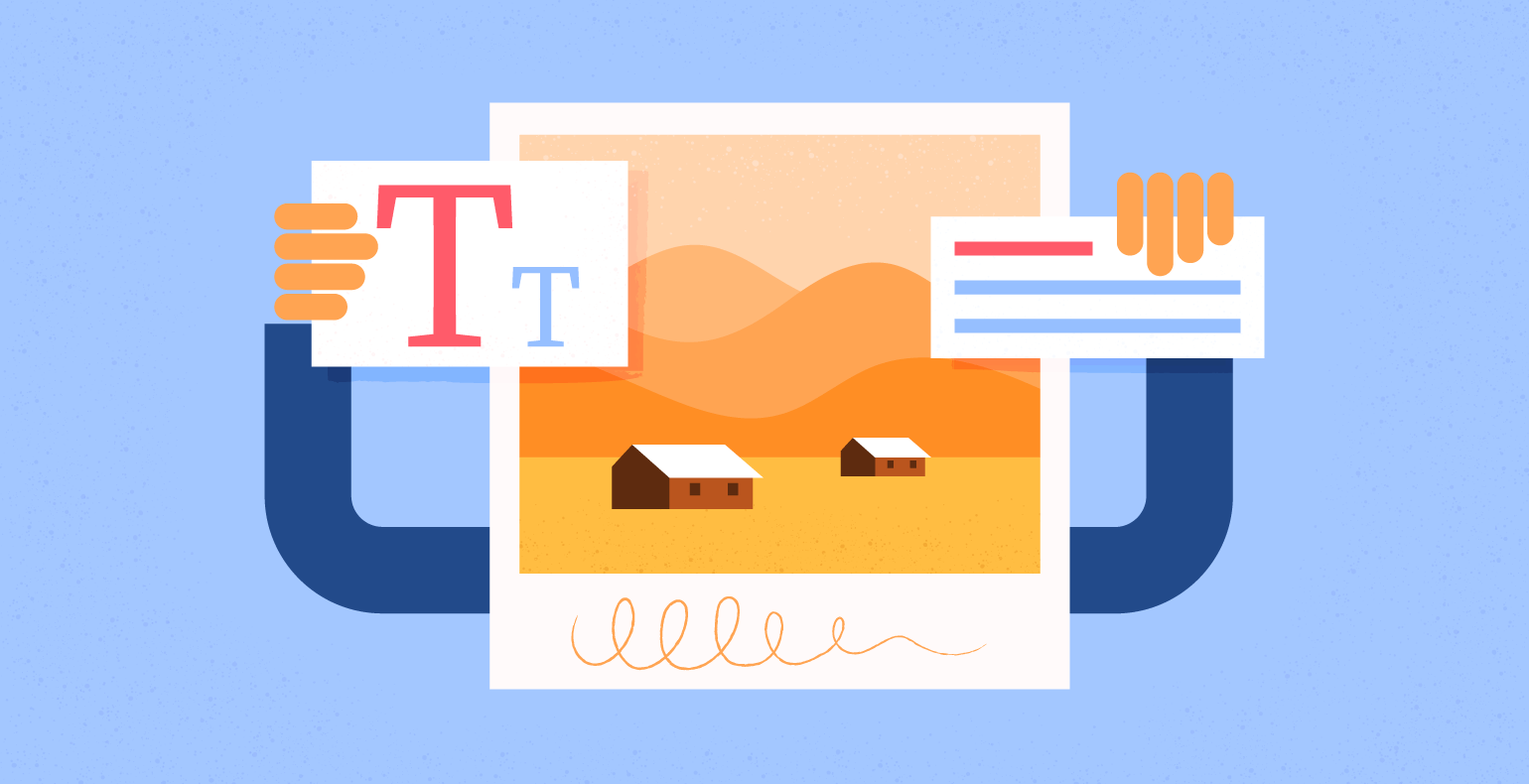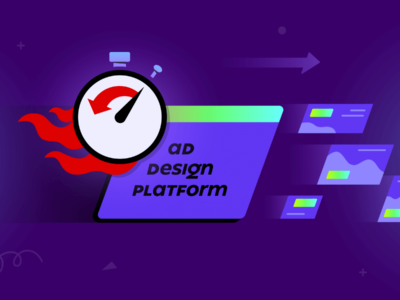1. Introduction
Visual elements play a crucial role in advertising by capturing consumers’ attention and conveying brand messages effectively. With the rise of AI technology, there is a significant potential to revolutionize ad creation by leveraging its capabilities to enhance visuals. This article explores how AI enhances visuals in advertising, ultimately leading to more impactful and engaging campaigns. One of the most exciting advancements is the emergence of AI advertisement generators, which allow for creating high-quality visuals from scratch or modifying existing ones. This opens up a new world of creative possibilities for businesses, enabling them to tailor their visual content to specific audiences and platforms.
2. The Power of AI for Visuals
AI technology offers diverse capabilities for creating and enhancing ad visuals, revolutionizing how brands connect with their audience. Here are several ways AI is used to achieve this:
Generating images and videos: AI-powered tools can generate high-quality visuals from scratch or modify existing ones with remarkable precision. For instance, generative adversarial networks (GANs) can produce realistic images, while deep learning algorithms can seamlessly blend elements to create visually stunning videos.
Personalization: AI algorithms analyze vast amounts of data to personalize visuals based on audience preferences, demographics, and behavior. By understanding individual interests and context, AI enables advertisers to deliver targeted ads that resonate with consumers personally, driving higher engagement and conversion rates.
Real-time editing and optimization: AI technology enables real-time editing and optimization of ad visuals based on audience reactions and feedback. Through machine learning algorithms, advertisers can monitor campaign performance metrics such as click-through and conversion rates and make data-driven visual adjustments to maximize effectiveness.
Enhanced effects and accessibility: AI-powered tools offer advanced effects and accessibility features that improve the appeal and inclusivity of ad visuals. For example, automatic image captioning and audio descriptions enhance accessibility for users with disabilities. In contrast, image recognition algorithms enable sophisticated visual effects such as augmented reality overlays and virtual try-on experiences.
By harnessing the power of AI for visuals, advertisers can create dynamic, engaging, and personalized ad experiences that resonate with their target audience, driving greater brand awareness, loyalty, and sales.
3. Benefits of Using AI for Visuals
The integration of AI technology into advertising visuals offers a multitude of benefits for both businesses and consumers. Some of the key advantages include:
Increased relevance: AI algorithms utilize sophisticated data analysis techniques to deeply understand user preferences and behavior, allowing advertisers to deliver hyper-targeted ads tailored to individual interests and preferences.
Enhanced creativity: AI-powered tools empower advertisers to push the boundaries of creativity by experimenting with various visual elements and styles. This fosters a culture of innovation, resulting in campaigns that are not only visually stunning but also highly captivating and memorable.
Improved targeting: Through the precise identification and segmentation of audience segments using machine learning algorithms, advertisers can ensure that their ads reach the right people at the right time. This targeted approach maximizes the impact of advertising efforts, leading to higher engagement and conversion rates.
Streamlined workflow: By automating labor-intensive tasks such as image editing and tagging, AI streamlines the advertising workflow, allowing teams to allocate resources more efficiently. This frees up time and resources for creative imagination and strategic planning, enabling advertisers to focus on delivering compelling campaigns that resonate with their audience.
Real-time optimization: With AI technology, advertisers can monitor campaign performance in real-time and make data-driven adjustments. This agility allows for continuous optimization of visuals, ensuring that ads are optimized for maximum effectiveness and impact.
Using AI to enhance ad visuals offers a competitive edge in today’s digital landscape, enabling businesses to deliver more personalized and impactful advertising experiences.
4. Potential Challenges and Considerations
While AI technology holds immense promise for enhancing visuals in ads, there are also potential challenges and considerations that advertisers must consider. These include:
Privacy concerns: The use of AI in analyzing user data for targeted advertising raises significant privacy and ethical considerations. Advertisers are increasingly delving deeper into personal data to tailor their messaging, which creates a growing need to balance the benefits of personalized advertising with the protection of individual privacy rights.
Algorithmic bias: AI algorithms have the potential to inadvertently perpetuate biases present in the training data, leading to unintended consequences in ad targeting and content recommendation. Addressing algorithmic bias requires ongoing vigilance and proactive measures to ensure fair and equitable outcomes for all consumers.
Creative limitations: While AI can offer valuable assistance in generating visuals, it may need help replicating the nuanced creativity and emotionality inherent in human-driven design. Despite advancements in AI technology, human creativity remains essential to crafting impactful and resonant advertising campaigns.
Technical complexity: Implementing AI-powered visual enhancements requires specialized expertise and resources, posing challenges for smaller businesses with limited budgets and technical capabilities. As AI continues to evolve, there is a need for accessible and user-friendly tools that empower businesses of all sizes to leverage the benefits of AI in their advertising efforts.
Consumer skepticism: Some consumers may harbor skepticism towards AI-driven advertising tactics, preferring more transparent and authentic communication from brands. Building trust and fostering transparency is essential in overcoming consumer skepticism and ensuring that the target audience perceives AI-driven advertising efforts as genuine and trustworthy.
Addressing these challenges requires a balanced approach that prioritizes transparency, accountability, and ethical use of AI technology in advertising.
5. Conclusion
In summary, integrating AI technology into advertising visuals holds immense promise for revolutionizing how brands engage with consumers. By leveraging AI-powered tools for image and video generation, personalization, real-time editing, and enhanced effects, advertisers can create compelling and impactful ad experiences that resonate with their target audience.
Looking ahead, the future of AI in ad creation is bright. As AI continues to evolve and improve, we can expect even more sophisticated and innovative applications for enhancing advertising visuals. The possibilities are endless, from advanced predictive analytics to immersive augmented reality experiences.
For businesses looking to stay ahead of the curve, exploring AI solutions for their advertising efforts is essential. By embracing AI technology, brands can unlock new creativity, efficiency, and effectiveness levels in their marketing campaigns, driving greater engagement and ROI.
In conclusion, the power of AI to enhance advertising visuals is undeniable. As we continue to push the boundaries of innovation, AI will play an increasingly central role in shaping the future of advertising, driving growth and success for brands across industries.












